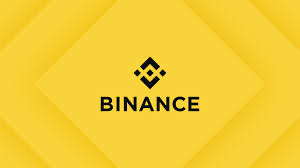The cryptocurrency exchange Binance has announced that it will no longer support a few of its Bitcoin-linked leveraged tokens by April 3.
On February 19, Binance declared that it will no longer support tokens that are leveraged in conjunction with Tether.BTCUP and BTCDOWN, ETHUP and ETHDOWN, and BNBUP and BNBDOWN are among the affected leveraged tokens.On February 28 at 06:00 UTC, the cryptocurrency exchange will halt trading and subscription services for the three leveraged token pairs.On the specified day, Binance claims that all trade orders for the leveraged tokens would be “automatically removed.”This implies that after that point on, users won’t be allowed to place any orders.Before the deadline, Binance encouraged its customers to exchange the leveraged tokens they were holding for other assets.
After that, the exchange said that, beginning on April 1 and lasting until April 3, it will progressively delist and stop redeeming the tokens.Users will be able to redeem their tokens prior to the delisting date, according to Binance.
The exchange stated that it will convert the tokens into USDT based on their corresponding value on the delisting date if users do not redeem their tokens by the deadline.Within a day, Binance will transfer the tokens to the users’ accounts and take the leveraged tokens out of their wallets.
Leveraged tokens from Binance are derivative instruments that offer investors leveraged exposure to the underlying crypto assets.The price changes in the perpetual contract market have an impact on the tokens, which are a basket of perpetual contract positions.Leveraged tokens, according to Binance, let cryptocurrency traders take on leveraged bets without having to pledge any collateral.Additionally, it frees them from worrying about liquidation and the have to maintain a maintenance margin level.Trading leveraged tokens has advantages, but Binance cautioned that there are hazards involved as well, such as the “effects of price movements in the perpetual contracts market, premiums, and funding rates.”

